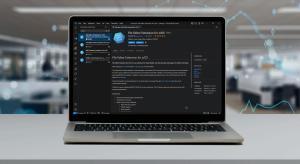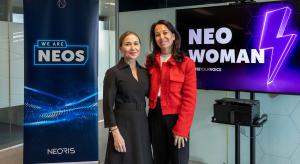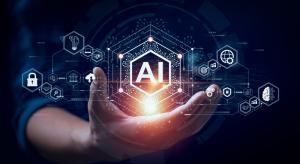CdE Sustainable World

Efficient systems for measuring
carbon emissions
The context
Sustainability is an imperative for companies seeking a more responsible and prosperous future. Organizations face a growing social and regulatory demand to pursue sustainable actions for the environment, taking into account the challenges facing the world such as climate change and the scarcity of natural resources. The demand to responsibly comply not only with sustainable practices, but also with existing regulations, is increasingly stronger from consumers, investors and governments.
Taking these factors into consideration and wanting to remain faithful to its already strong commitment to sustainability and carbon emissions reduction, one of the largest construction materials manufacturing companies in the United States (cement, aggregates, ready-mixed concrete, asphalt mix, etc.) set out to improve its emission control system to ensure compliance with current regulations, increase efficiency and open up new business opportunities.
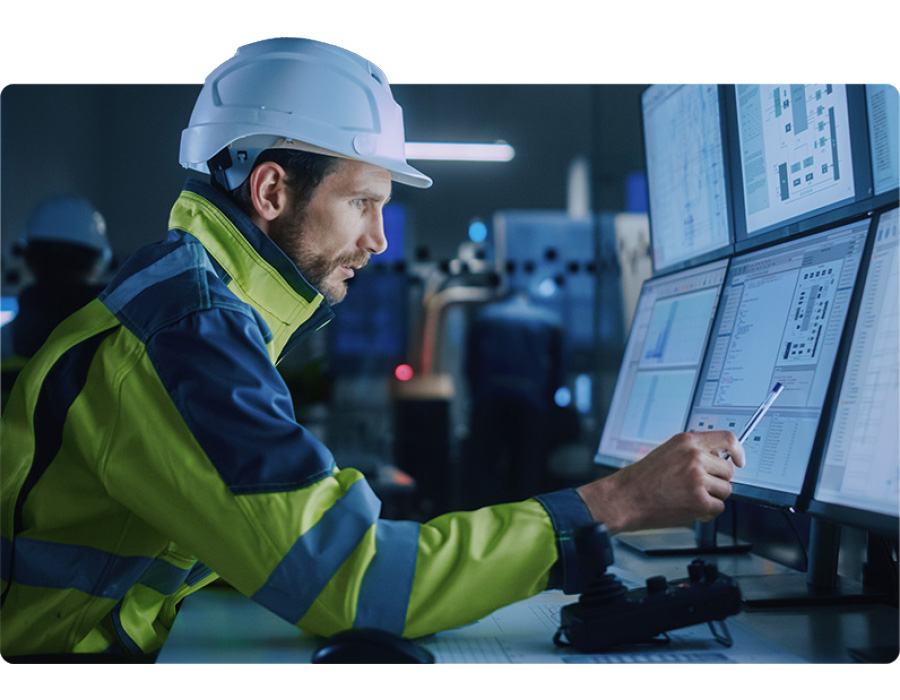
The challenge
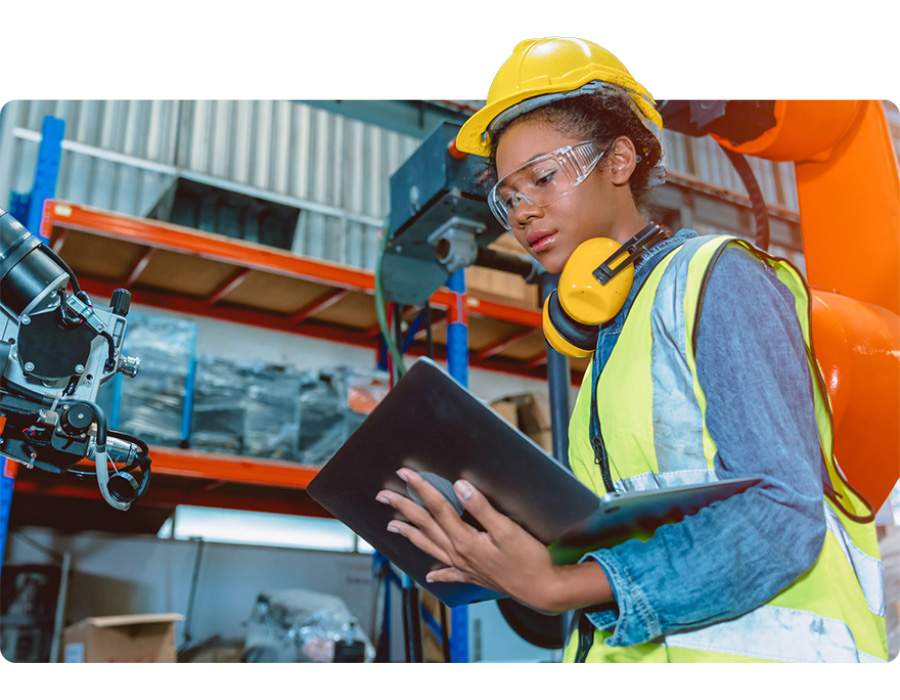
The United States Environmental Protection Agency requires companies to constantly perform calculations and monitor certain emissions (metals and other elements) to ensure that emission levels are within permitted standards during the cement manufacturing process.
The company uses a large industrial oven during the cement manufacturing process. It is in operation 24/7 all year round, except for a few weeks in February for maintenance. Hundreds of sensors inside the oven monitor emissions, using a legacy solution that is more than 25 years old and based on more than three applications developed from various technologies.
This patchwork solution was originally created by a group of people who have by now left the company, resulting in a knowledge gap about the system components.
With neither the documentation of the proper procedures nor the people who originally knew how it worked, the challenge for the project involved developing a simpler, more modern solution that would allow the company to take the existing procedures and update them to create a totally new application. Considering the age of the previous application, this posed a particularly difficult challenge.
Our proposal
NEORIS' proposal consisted of offering the client recommendations regarding the functional behavior of the application, as well as the technological components that would help them meet the objectives. We carried out the architecture solution, testing and procedure tracking, releasing the new application for use during live production.
NEORIS took the calculations and information and interpreted the source code of the legacy application to remake it over entirely for the new application. Additionally, an autorecovery mechanism was created so that after a shutdown occurs in the oven, the application has the ability to recalculate any emissions when the machine is turned on again.
Finally, all measurements were tested by putting both the old and the new applications to use in parallel, comparing the emissions recorded by the legacy application with those recorded by the new application.
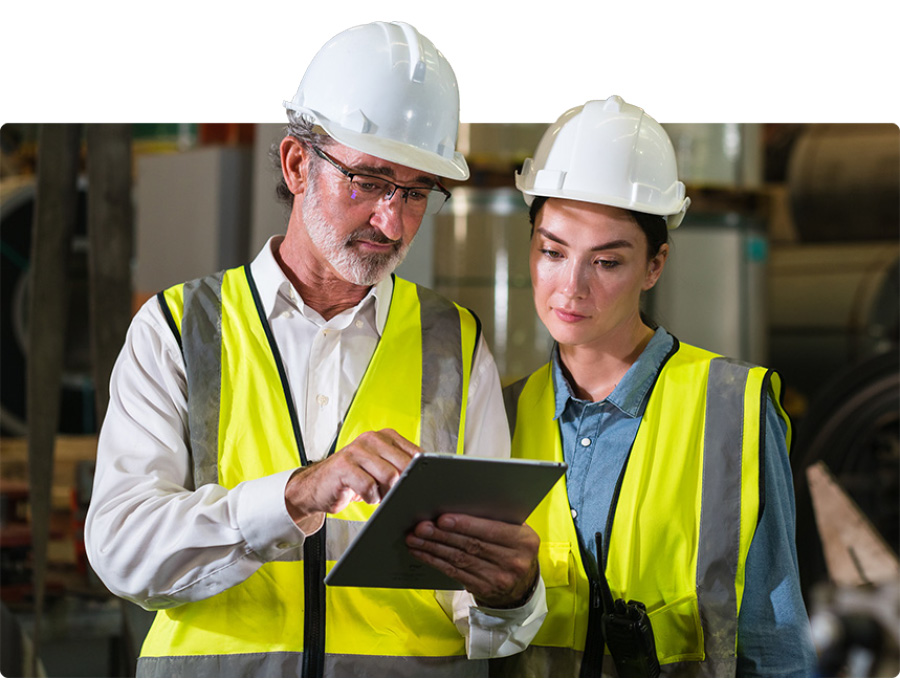
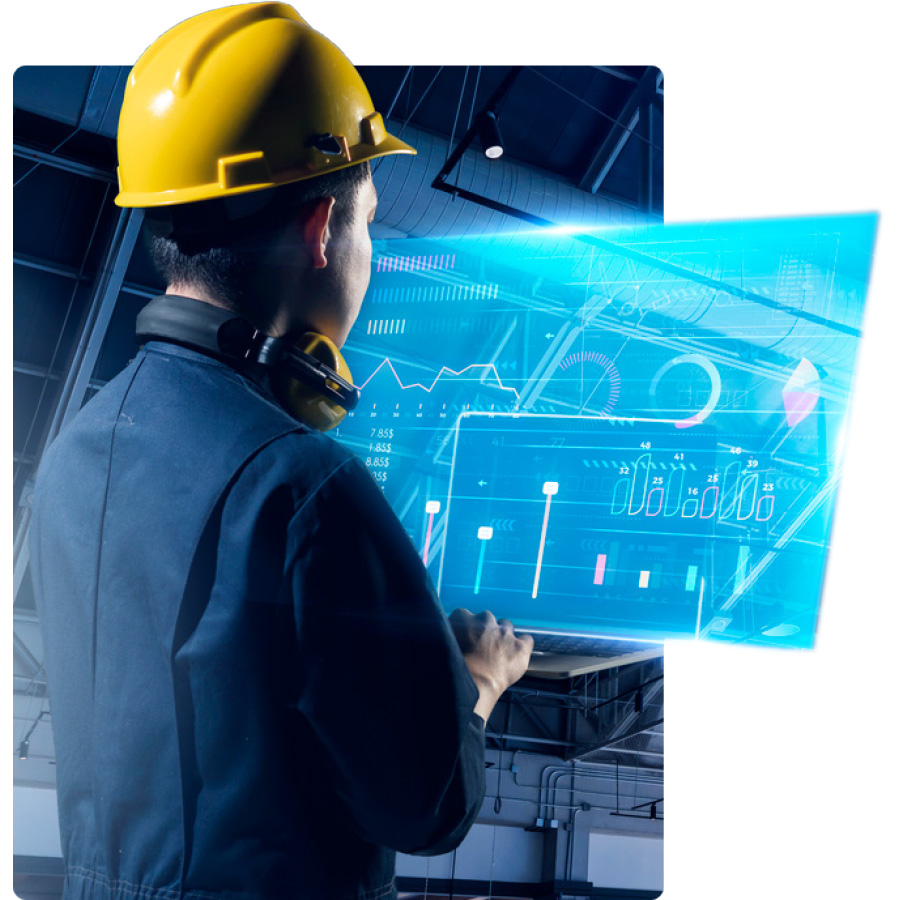
The solution
Development of the project began in November 2022 and took about three months. The process required a multidisciplinary team, including professionals from both the cement company and NEORIS. Functional Analysts, Developers, Testers, among others, were part of the group.
NEORIS supported:
- Solution Architecture and Logical Architecture
- Design and Development of the application
- Adoption and context of third-party technological components to carry out communication with the oven sensors
- Unit tests
- Release in different environments (testing, production)
The Results
One of the greatest achievements of the project was the collaborative communication and approach for the people involved. We worked closely with the client to thoroughly understand their needs and requirements, which allowed us to design a robust application that met their expectations.
This project is a solid and stable update when compared to the previous solution. Among the highlights of the project is that since its implementation, no adverse incidents have been reported, even after unexpected stoppages in cement production.
The client company had to complete the application by February of 2023 in time for its maintenance window. If this deadline was missed, we would have had to wait an entire year for implementation.
At NEORIS, we were able to achieve this aggressive timetable, launching the solution on time, even considering the December and January holidays which proceeded it.
- Schedule performance index - Application was deployed in a timely manner.
- Defects per 1000 lines of code - Zero (0) defects reported.
As development work progressed, the team faced various technical challenges that required innovative solutions. With their intense dedication to finding the best ways to overcome obstacles, it was possible to foster an environment of continuous learning that allowed the acquisition of new skills and knowledge.
Testimonials
“This project not only allowed us to showcase our technical skills, it also enabled us to strengthen trust with the client, demonstrate our ability to manage complex projects and deliver exceptional results. It was a challenge both with the speed of monitoring, the processing of calculations and the pressure that the project itself demanded.”
Ramón Rojo. – C# Tech Lead for NEORIS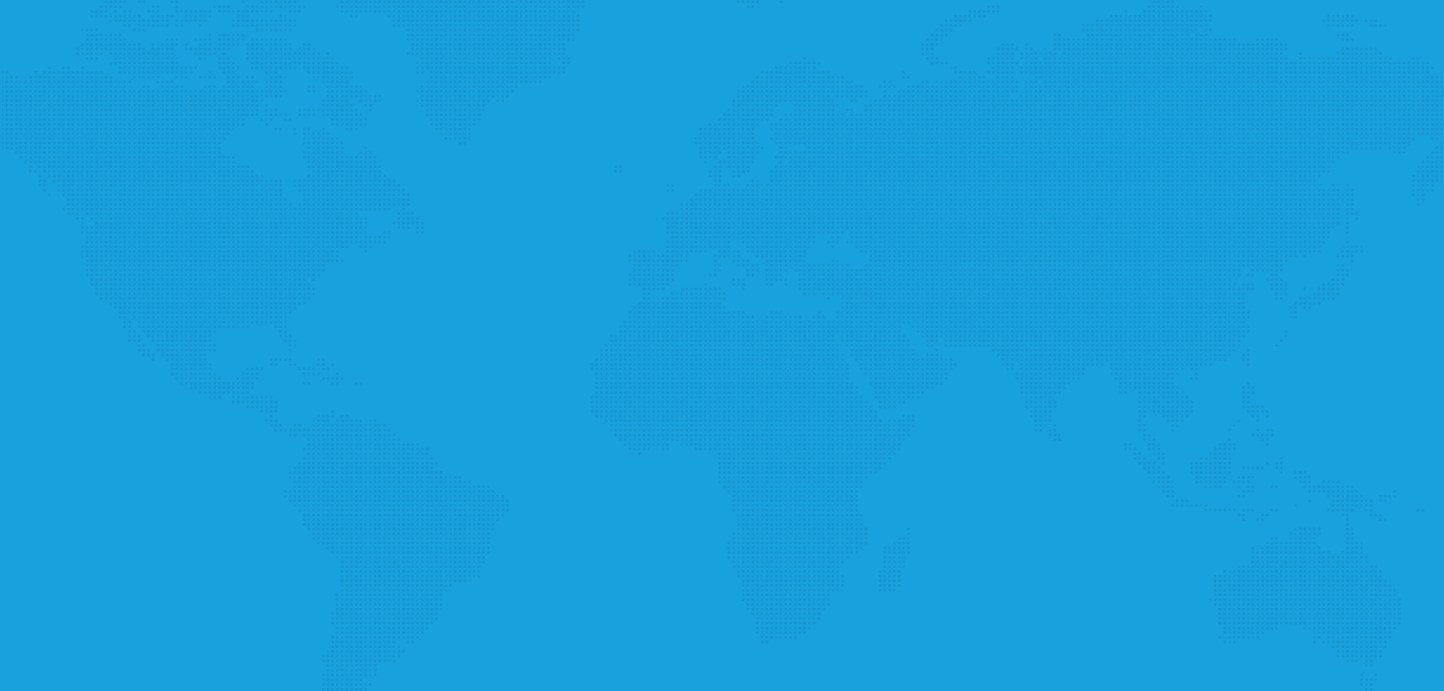


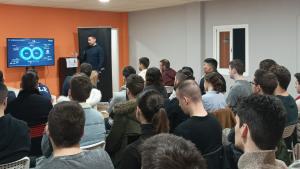

.jpg/036cefcf-251d-2f53-24b0-00ee96a139ae?imageThumbnail=1)
